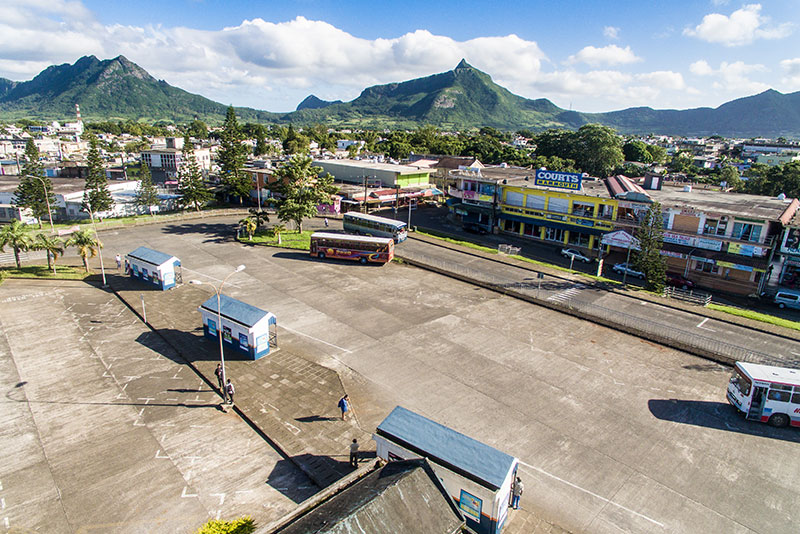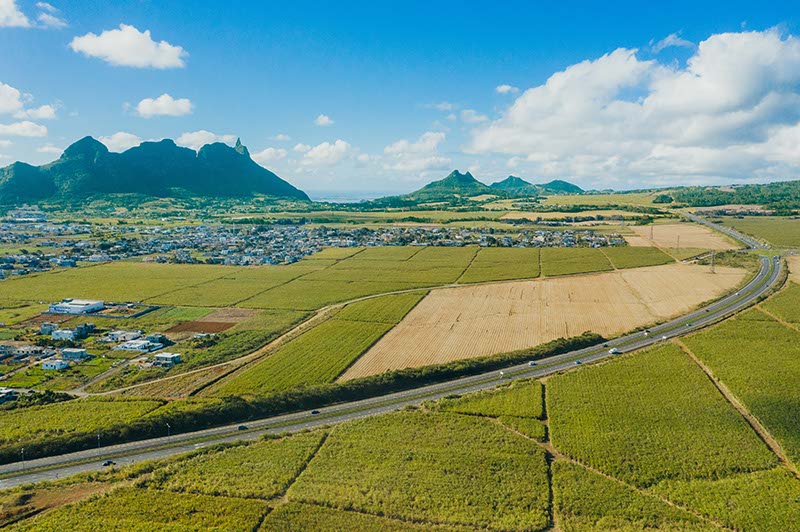Accessibility and public transport
Moka: A Strategic Geographic Location
With its strategic geographical location, it’s not surprising that Moka is becoming the preferred choice for more and more companies to do business.
Located in the heart of the island, Moka regroups 40% of the island’s working population. It is served by four access roads, including two main motorways, the M1 and the M3. It is just 10 minutes from Ebène and 20 minutes from Port Louis – two of the island’s focal economic areas – and 30 minutes from the north of the country.
Entering and Exiting Moka

Public Transport
Whether your employees live in the island’s centre or on the coast, they can count on public transport to get them to work and safely home. Multiple bus lines run through Moka, and you will find a bus stop at the entrance of every precinct in the Smart City.

By Car
Moka is one of the country’s most accessible areas to reach thanks to its four access points and connection to the island’s two main motorways. In fact, thanks to the M3, it is now easier to reach Moka than Port Louis for commuters travelling from the north of the island. In addition to this, the various road projects of the Road Development Authority in Phoenix, Trianon, and Soreze, will make Moka even more accessible for inhabitants from the centre, south, and west of the island once they are complete.
Getting Around in Moka
From public transport to cycling and carpooling, Moka privileges soft mobility in all its forms. Numerous bus stops can be found across the city and a private shuttle (the Moka Shuttle) enables people living in Curepipe and Vacoas to reach their place of work safely every morning and back home every afternoon. The shuttle also operates at Vivéa – Bagatelle Mall route during lunch hours. Finally, to encourage employees to reduce their carbon footprint, promote socialisation, and reduce traffic, Moka has partnered with the carpooling app Commute.
La Promenade – the city’s “soft mobility” linear park – will soon welcome parking areas for bicycles and electric scooters as well as a 10 km network of cycle paths. Ultimately, urban signage, the demarcation of pedestrian zones and improved sidewalks (shade, lighting, safety and accessibility for people with reduced mobility) will improve the Promenade. Partly operational at the moment, the Promenade is already used by cyclists and pedestrians.







